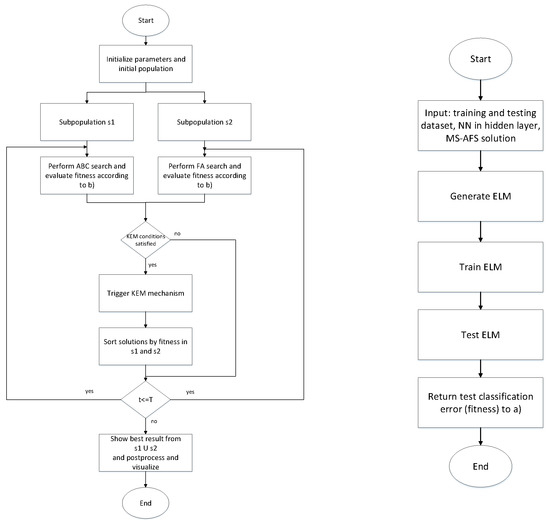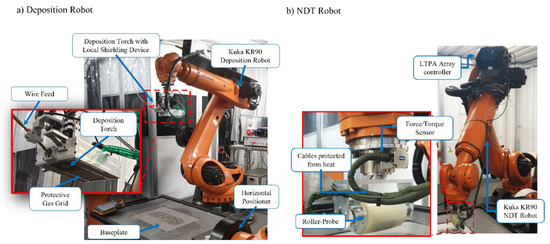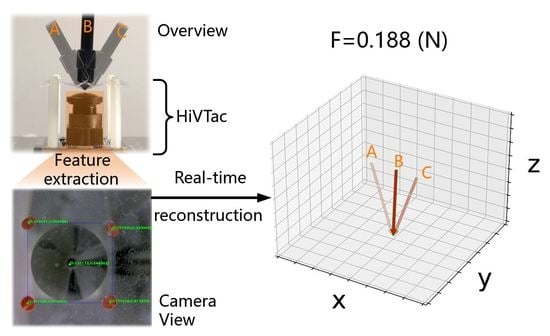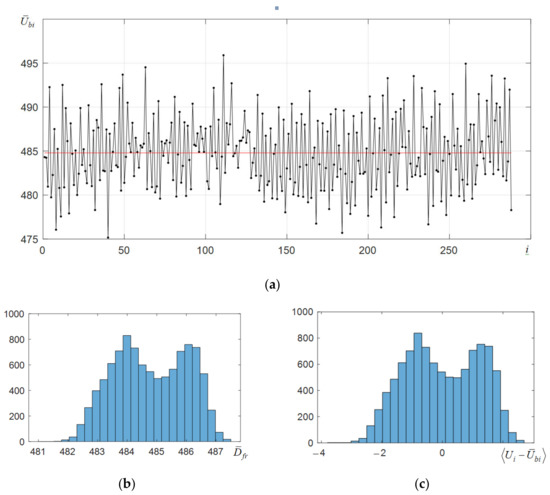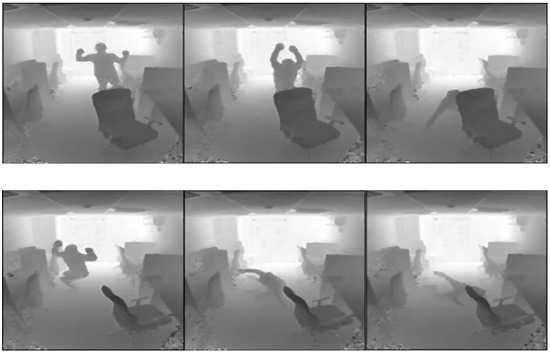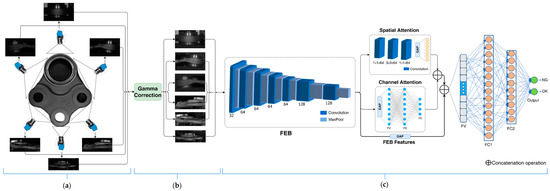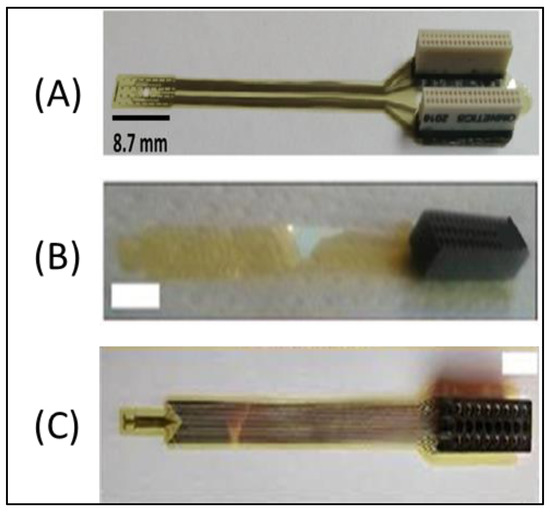Sensors 2022, 22(11), 4204; https://doi.org/10.3390/s22114204 - 31 May 2022
Cited by 44 | Viewed by 3928
Abstract
There are many machine learning approaches available and commonly used today, however, the extreme learning machine is appraised as one of the fastest and, additionally, relatively efficient models. Its main benefit is that it is very fast, which makes it suitable for integration
[...] Read more.
There are many machine learning approaches available and commonly used today, however, the extreme learning machine is appraised as one of the fastest and, additionally, relatively efficient models. Its main benefit is that it is very fast, which makes it suitable for integration within products that require models taking rapid decisions. Nevertheless, despite their large potential, they have not yet been exploited enough, according to the recent literature. Extreme learning machines still face several challenges that need to be addressed. The most significant downside is that the performance of the model heavily depends on the allocated weights and biases within the hidden layer. Finding its appropriate values for practical tasks represents an NP-hard continuous optimization challenge. Research proposed in this study focuses on determining optimal or near optimal weights and biases in the hidden layer for specific tasks. To address this task, a multi-swarm hybrid optimization approach has been proposed, based on three swarm intelligence meta-heuristics, namely the artificial bee colony, the firefly algorithm and the sine–cosine algorithm. The proposed method has been thoroughly validated on seven well-known classification benchmark datasets, and obtained results are compared to other already existing similar cutting-edge approaches from the recent literature. The simulation results point out that the suggested multi-swarm technique is capable to obtain better generalization performance than the rest of the approaches included in the comparative analysis in terms of accuracy, precision, recall, and f1-score indicators. Moreover, to prove that combining two algorithms is not as effective as joining three approaches, additional hybrids generated by pairing, each, two methods employed in the proposed multi-swarm approach, were also implemented and validated against four challenging datasets. The findings from these experiments also prove superior performance of the proposed multi-swarm algorithm. Sample code from devised ELM tuning framework is available on the GitHub.
Full article
(This article belongs to the Special Issue Machine Learning for Intelligent Engineering Systems and Applications 2021-2022)
►
Show Figures
